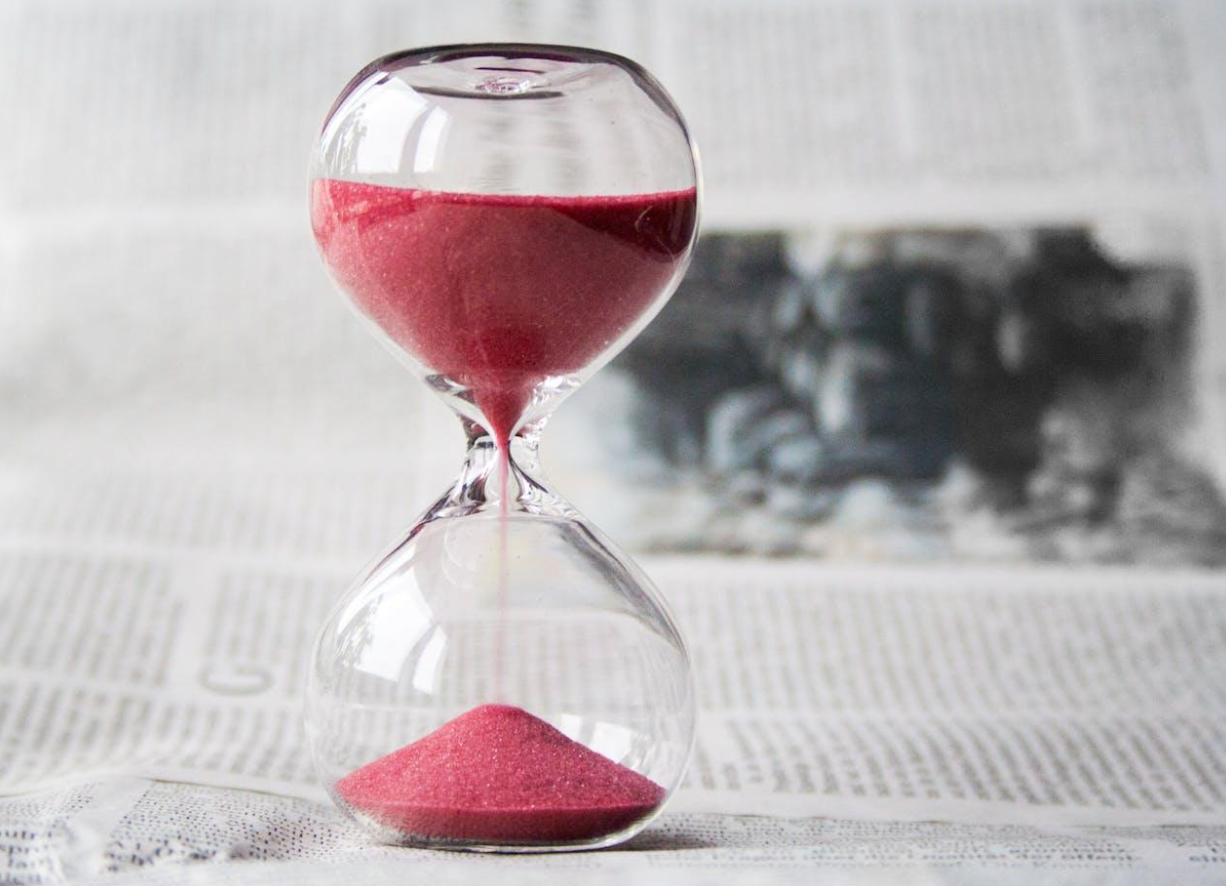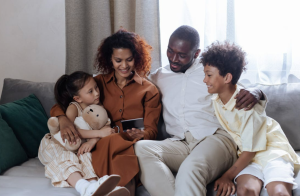Time-Lapse on the Track: Capturing the Power and Elegance of Racehorses in Motion

When it comes to photographing a racehorse, it is a totally different ball game. It’s not like snapping a football game or catching a sprinter on a track. Horses move with fluidity that’s both powerful and unpredictable. At top speeds, they’re hitting 40-45 mph, covering a 20-foot stride in a blink.
That’s why capturing racehorses in motion has proved to be a real challenge for photographers. You need to have the right equipment, choose the right camera settings, set up for the best angles, and take a deep breath before shooting the photo. Blink too slowly, and the moment’s gone.
For photographers, that makes horse racing both a nightmare and a dream. The dream is that, if you get it right, you’ve frozen a display of raw power and elegance in a way few other sports can match.
But let’s talk more about capturing the right moment and all the things that you need to consider.
Picking the Right Gear
Most people think that their gear needs to be expensive in order to snap a great horse racing moment. That’s not entirely true. Modern mirrorless cameras like the Canon R3, Nikon Z9, or Sony A1 are favorites when it comes to capturing horse racing moments, just because they can shoot 20 to 30 frames per second without choking.
That kind of burst rate is invaluable when you’re trying to catch a horse mid-stride with all four hooves off the ground. Of course, you need to pair the body with a long lens. Most trackside shooters work in the 300mm to 600mm range, but you can choose the one you prefer.
Weight becomes an issue, too. A 400mm f/2.7 lens is heavy enough to make your arms scream, and even though horse races last for a couple of minutes, you still need to use a monopod. This will not only make things easier for your arms, but it will also improve stability without locking you into place like a tripod would.
And don’t underestimate the humble memory card. If you’re shooting in burst mode (which is necessary if you want to capture a great moment), you’ll chew through storage and buffer space really quickly.
Choosing the Right Camera Settings
Since we got the equipment sorted out, it’s time to make some camera adjustments and head over to settings. Yes, this is the boring part that we don’t want, but it is necessary if you want to capture a great photo.
Shutter speed is the most important thing when shooting horses. To completely freeze a horse mid-stride, you’ll want to start at 1/2000 of a second or faster. That’s enough to capture dirt spraying from hooves or the whip mid-swing. If you want to capture something more creative, slow down the shutter to 1/125 or 1/250 while panning with the horse, which gives you beautiful motion blur and captures the real speed of a horse.
Aperture is another setting that’s important for horse photoshoots. Try to go for a wide open at an f/2.8 lens just to isolate a single horse from the chaos. When you want the whole pack sharp, stop down to f/5.6 or even f/8, which will give you more depth of field to work with.
And remember to put autofocus in continuous tracking mode, just because horses move fast, and they have unpredictable lines.
Positioning for the Shot
Now, let’s talk more about your position. Where you stand at the track is as important as how you shoot. The start and finish lines are goldmines for emotion, but don’t ignore the turns.
Shooting horses bunched up on a curve gives you a sense of drama and motion, but it also makes capturing the right moment more difficult. Also, it is important to know more about horse racing positions. If you check out the Breeders’ Cup winners and their positions at, you’ll see that horses from Post 4 and Post 5 usually get the most wins. So, make sure you pick a horse to track that has the biggest winning potential: https://www.twinspires.com/breeders-cup/winners/
Dropping your angle also means a big difference. Kneeling or even lying down near the rail exaggerates the size and power of a horse.
But composition is where most beginners stumble. It’s tempting to zoom in tight and fill the frame, but that often leads to chopped-off parts of the horse. So, make sure you give yourself a little extra space to work with. Remember, you can still crop the image in post-production.
Avoiding the Rookie Mistakes
Every new racing photographer makes the same errors: relying too much on auto mode, trusting a single focus point, or cutting too close to the subject. The solution is practice and patience. Shoot in manual or shutter priority to stay in control.
Use zone or group autofocus so the camera has some flexibility in tracking. And always frame wider than you think necessary, cropping later is far kinder than realizing you lost the horse’s nose to the edge of the picture.
So, are you ready to capture the perfect racehorse portrait? Grab your camera and go straight to a nearby racetrack. I promise that these pictures will be the best ones you’ve captured.



